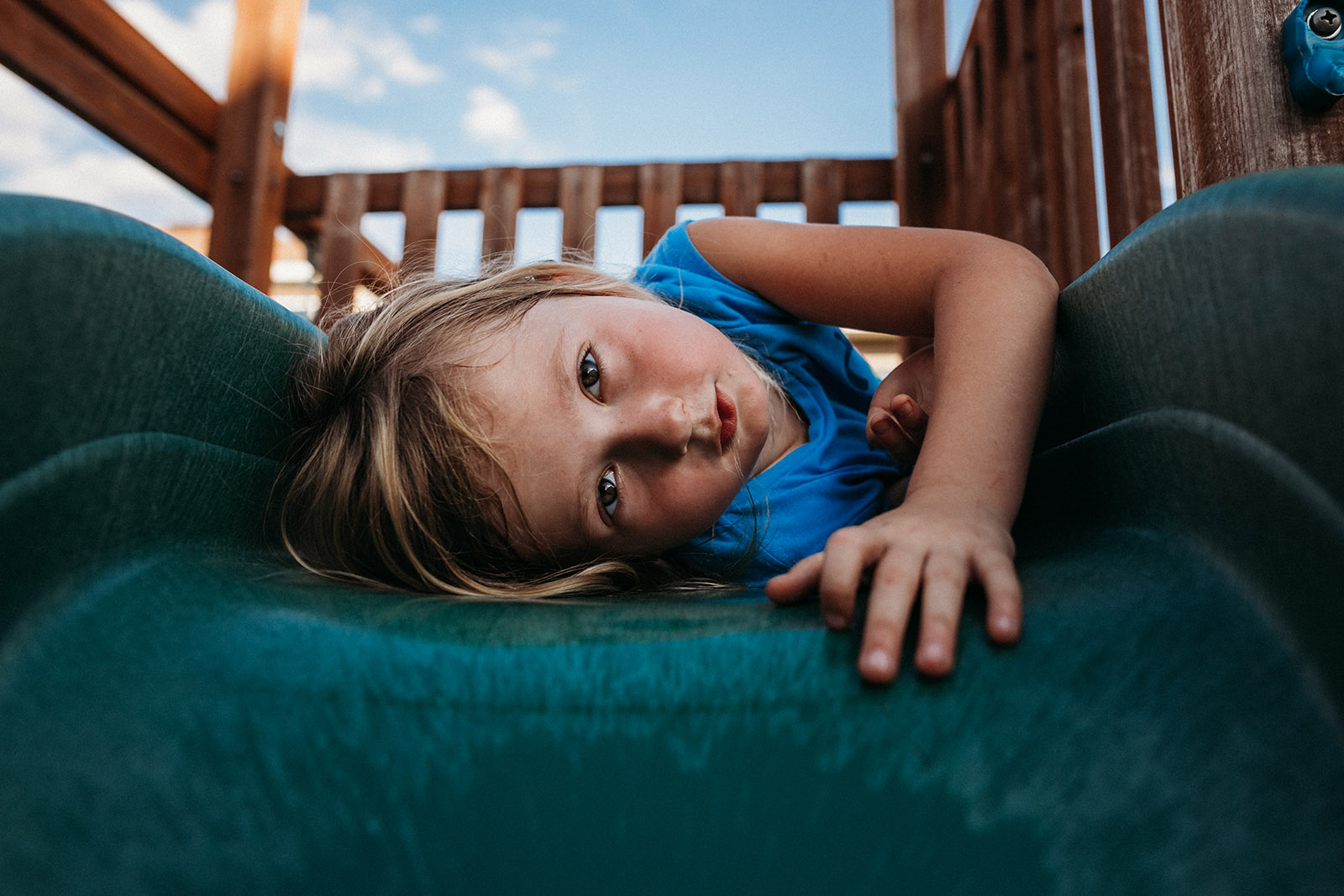Talk to three different photographers about “proper” exposure techniques, and you’ll probably get three different responses.
That’s because shooting preferences are pretty personal.
Once we’ve mastered manual mode and can shoot in varying conditions with relative ease, we learn to “bend the rules” a little in order to accomplish certain aesthetics.
Some photographers like to ETTR (aka expose to the right) or overexpose just enough to avoid blowing any highlights. They say this method results in more tonal information and maximizes image quality. Slightly overexposed photographs also have an airy, ethereal feel to them, which can be quite lovely.
Other photographers, myself included, prefer to deliberately underexpose their images instead. Neither method is wrong and cases can be made on both sides. Neither method is universally appropriate under all shooting conditions either, so I imagine most photographers get a fair amount of practice with both, whether they mean to or not.
For me though, I find that slightly underexposing my images whenever possible gives me better results. And here’s why…
1. Underexposure preserves brighter background detail and adds contrast.
A modern camera sensor preserves an incredible amount of information, particularly when shooting RAW and at a lower ISO.
While underexposing too much can introduce unnecessary noise, dialing it down by one stop (or even two) isn’t going to ruin your image. Instead, it will help you preserve some of the brighter background detail and keep you from blowing your highlights.
Generally speaking, shadows are much easier to recover in post production than highlights are. Once the highlights are blown, you’ve lost that data forever so those really beautiful blue skies and puffy white clouds are as good as gone.
A slightly underexposed subject, however, can be corrected pretty easily with a simple brush and/or radial filter by bumping up the shadows and the whites until you get it just right. Our cameras are incredibly capable when it comes to shadow recovery. It’s okay to push their limits a little when you need to!

2. Underexposure gives you richer skin tones and texture.
I personally don’t care for ghostly white skin that lacks any texture or detail. I don’t want my kids to look like perfect porcelain dolls. Instead, I want to see the sweat, dirt and flushed red cheeks that come from an afternoon of hard play.
Slightly underexposing your subject preserves that tonal quality and skin detail. Proper skin tones are arguably one of the more important aspects of any given image so it’s pretty important to get it right. I’d much rather underexpose a little (or even a lot) than accidentally blow my highlights and lose those beautiful little details forever.

3. Underexposure helps with really cool sun flares!
I love a good sun flare and try to incorporate them into my images whenever possible! But there’s a difference between a “well done” sun flare and a big white blob of light.
Ideally, there will be a distinct shape to the sun and some color retention. To make that happen, you’ll need to underexpose your subject and meter for the sky instead (the brightest part of the image). This means everything else in the photograph is going to be too dark and you’ll have to do some work in post to correct it.
Again, a simple brush or radial filter with a solid bump in the shadows and whites should do the trick. You can bring the blacks back down a little, too, if you need to add a bit of contrast.

4. Underexposure is a wonderful creative tool.
I photograph my own kids a lot. Like, A LOT. And it can get a little redundant if I don’t experiment from time to time. I love to play with light and find creative new ways to shoot in the same old spaces.
One of my favorite things to do when I’m just playing around is to look for areas in my house with high dynamic range (this just means there are really bright and really dark areas all in the same frame). A great example would be near a window in a dark room when the sun is still very bright outside.
I’ll put my kids in the brightest light and expose for that, blacking out or intentionally underexposing all of the deeper shadows in the frame. The resulting image is wonderfully dark and moody, usually sparking some new idea for a second, follow up image.
It also doubles as a convenient way to make clutter less distracting so I guess everyone wins! Aside from all of that, I just really love a darker, grittier photograph. Sometimes I’ll even tweak “properly exposed” images to make them more dramatic looking when editing.


Regardless of how you usually shoot, I think everyone should try something different from time to time. Go out and break the rules!
Push your cameras to their limits. Underexpose your images a little (or a lot) and see what kind of moody, gritty goodness you can come up with. Then go back out and blow the highlights just for the fun of it and see if you can do something beautiful with that, too.
Honestly, there really is no right or wrong way to take a photograph.

The post 4 Compelling reasons to underexpose your photos on purpose appeared first on Clickin Moms.






